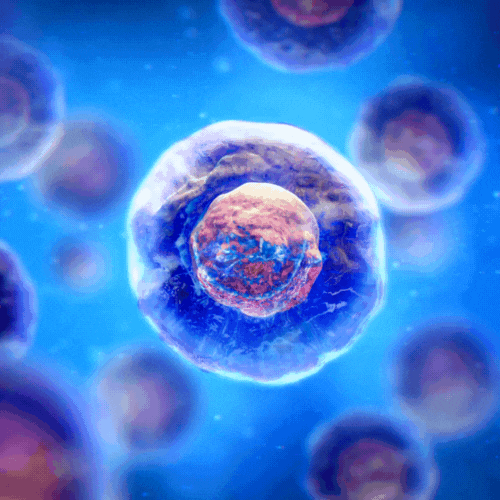The Silent Saboteurs of Health
What Is Oxidative Stress?
Oxidative stress is like cellular rust.
It happens when there's an imbalance between free radicals (unstable molecules that cause damage) and antioxidants (your body’s defence system).
When free radicals win, the damage begins — affecting your DNA, cells, and even the way your body produces energy.
“Oxidative stress disrupts your body’s ability to function at a cellular level.”
Meet Peroxynitrite — The Most Dangerous Free Radical
Peroxynitrite (ONOO⁻) is created when two common molecules — nitric oxide (NO) and superoxide (O₂⁻) — collide.
Nitric oxide is usually a good guy, helping with circulation and brain function. But when it teams up with superoxide? It becomes one of the most damaging compounds in the human body.
This can:
Break DNA strands
Nitrate proteins (making them dysfunctional)
Disrupt mitochondria (your body’s energy plants)
“Peroxynitrite is like acid rain inside your body — breaking down structure, flow and energy.”
What Does Cortisol Have to Do With It?
Cortisol is your stress hormone. It spikes when you’re under pressure — whether from work, emotional stress, sleep deprivation, or even intense exercise.
In small doses, cortisol is useful. But chronic high levels can:
Increase inflammation
Disrupt blood sugar and hormone balance
Suppress glutathione, your master antioxidant
That creates a perfect storm for oxidative stress — and more peroxynitrite.
What Does Oxidative Stress Do to You?
Unchecked oxidative stress and peroxynitrite production can affect:
Brain: brain fog, anxiety, poor memory
Heart: high blood pressure, vascular damage
Energy: mitochondrial dysfunction, chronic fatigue
Immune system: autoimmune issues, slow recovery
Gut: leaky gut, food sensitivities, poor digestion
Hormones: disrupted thyroid, adrenal fatigue, infertility
“Damage starts at the cellular level — but can spiral outward into mood, digestion, energy, and immunity.””
How Do You Restore Balance?
Here’s where you can take your power back.
Target the Root Stressors
Emotional: mindfulness, breathwork, community
Metabolic: balance blood sugar and reduce sugar spikes
Environmental: reduce exposure to toxins, mould, EMFs
Boost Your Body’s Defence System
Nutrients: glutathione (via NAC), vitamin C, selenium
Mitochondrial support: CoQ10, magnesium, B vitamins
Polyphenols: turmeric, resveratrol, green tea
Use Precision Therapies at Revive
Cryotherapy: boosts antioxidant enzymes, lowers cortisol
Red Light Therapy (NovoTHOR): restores mitochondrial function
Hyperbaric Oxygen (AirPod): triggers your own antioxidant response
Compression Boots & Rebalance: improve circulation, reduce stress
Human Regenerator (Cold Atmospheric Plasma): reboots cellular communication and reduces peroxynitrite formation at the source
“Red Light supports ATP production where it matters most — your mitochondria.”
It’s time to regulate
You can’t avoid stress entirely — and you don’t need to.
But learning how to regulate it and support your body’s repair mechanisms is the difference between surviving and thriving.
Want help tailoring a recovery plan to your lifestyle and symptoms?

